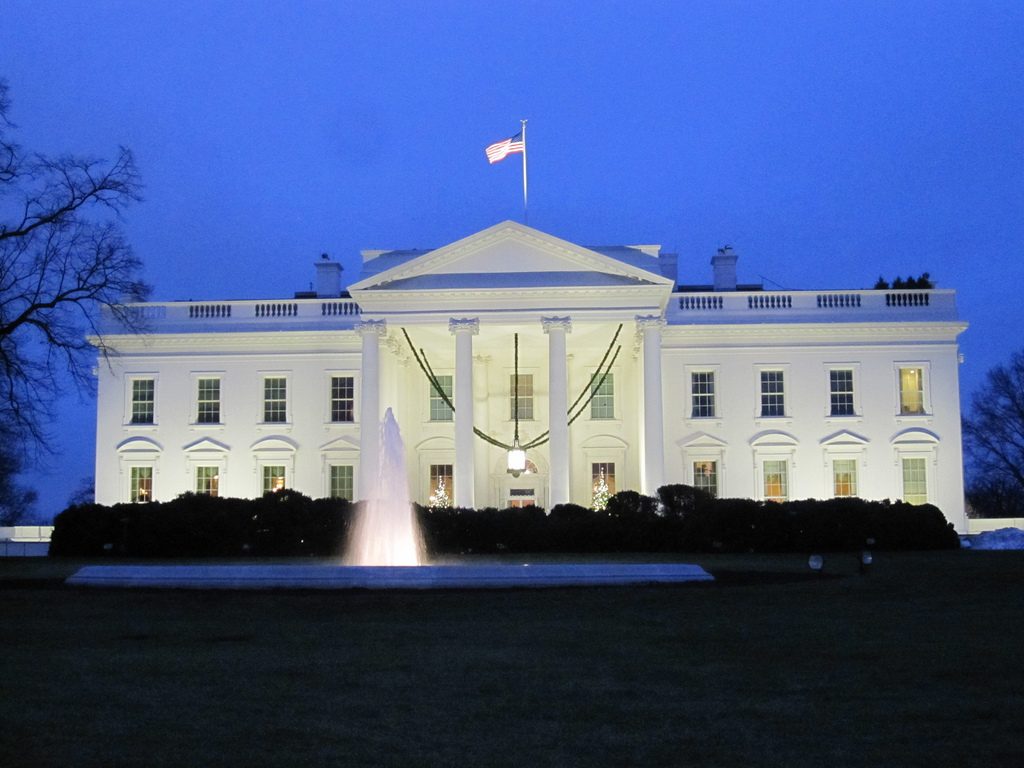As Matt Yglesias reminded us yesterday, one of the remarkable things about the single-payer healthcare movement is that every major liberal think tank has decided to sit it out. This is not because the idea is totally lacking in merit. Such programs exist in many of our peer nations. And I personally know former and current employees from each of the think tanks who support a single-payer system even though their affiliated institution does not.
This disconnect between think tanks and the political groups they are supposed to be helping is a fundamental institutional failure. When I began working on People’s Policy Project, I thought a lot about this failure and what could be done to fix it. I opted not to write a big opus about it like many other organizations do when they launch, but perhaps it is worth sharing some of my thoughts here.
Private Money
If you look at the current policy institutions, the source of their problems jumps out at you pretty quickly: private money. The proper role of think tanks should be supporting a particular political constituency. But for as long as their money comes from sources other than that political constituency, that role will never be fully satisfied. When donor interests collide with the policy ambitions of the rank and file, donor interests will always prevail.
Party Subsidies
When confronted with this problem, I did what I usually do: look to Finland. After some research, I determined that Finland has privately funded think tanks like we have, such as their libertarian think tank Libera. But they also have a system of party subsidies, which grants political parties a certain sum of public money each year based on the number of members they have in parliament. From those subsidies, parties generally fund their own think tanks.
Upon learning this, I concluded that a system of party subsidies would solve our think tank problem to some degree. If the DNC and RNC got a big sum of public money each year to run their own in-house think tanks, then they could fund projects more in line with what their constituents and activists want.
The direction of the party think tank would become a source of internal party debate and fodder for candidates vying for the chairs of the DNC and RNC. Although this could mean that the party faction that wins leadership completely defunds the other factions’ ideas, it is more likely that they agree to fund the other factions’ ideas in order to maintain party unity. In a universe with party think tank subsidies, it seems like Tom Perez, hoping to “heal the party,” would agree to put a few million dollars towards a single-payer policy project.
With that said, the fact that we only have two major parties does make the party subsidy solution somewhat less effective. In an ideal world, the Democratic Party would break into at least two pieces, each with its own party and own publicly-funded think tank. This is what happens in Finland, where there is both the Social Democratic Party and the Left Alliance, among other left-of-center parties. Since party entry in the US is much more difficult, the ability to fully ensure that every political orientation has its own policy organ is diminished.
Commissions
Another approach, seen both in Finland and in the US, is to publicly fund policy support on a case-by-case basis. The current expectation for policymaking in the US is that policies come fully formed out of the ether (really from private money sources) into Congress and then get passed into law. But it does not have to go like that.
Congress could establish and fund commissions to work out policy details and make proposals for specific topics. This is how John Conyers’ reparations bill works and this is what Finland did before launching its world-famous basic income experiment.
In many ways, the commission approach makes far more sense than what we do now. It is strange to expect candidates to be able to conjure up complex policy solutions from their own brains or from privately-funded organizations. It should be sufficient for a politician to run on a general policy view and then, once in office, use the resources of the government to make that view a concrete policy reality.
Someone who ran a campaign in which they said they would figure out how to implement their stated policy goals once they get in office would be panned by the US media. But it is important to emphasize that this panning is an arbitrary aspect of US political culture. If you track elections in other countries, you find that this is not at all an uncommon approach to running for office.

